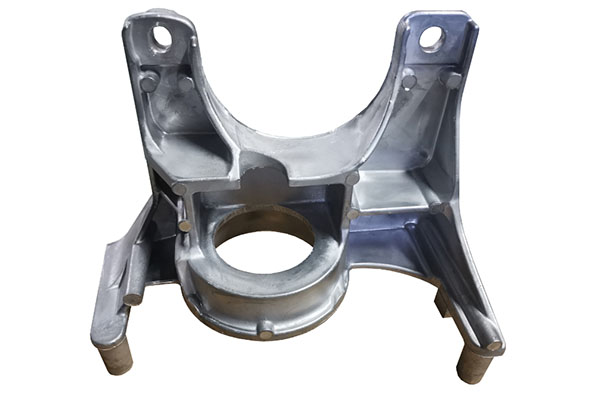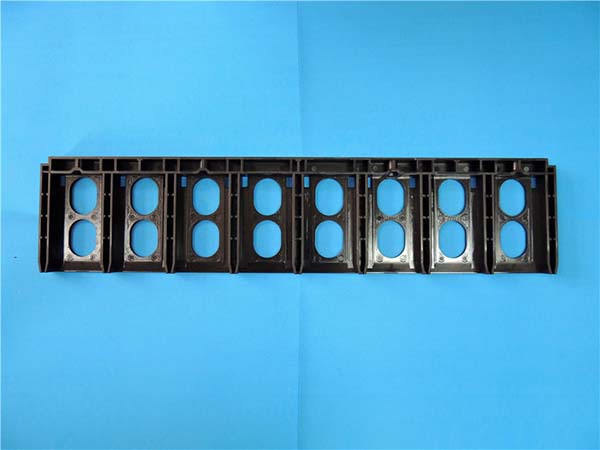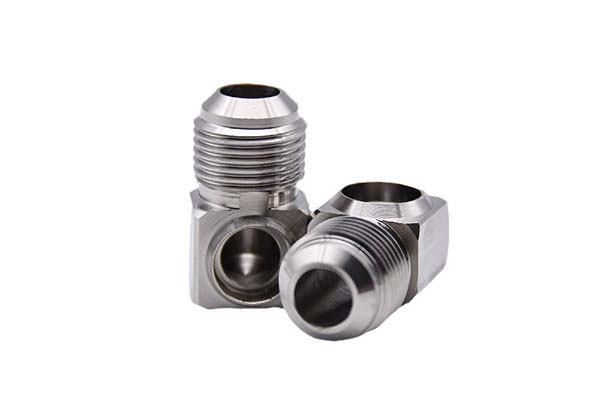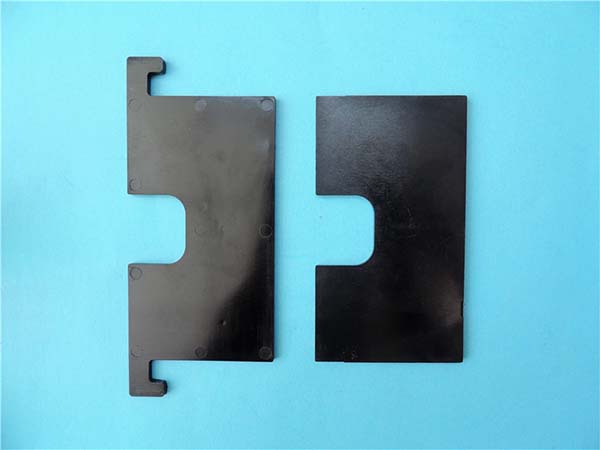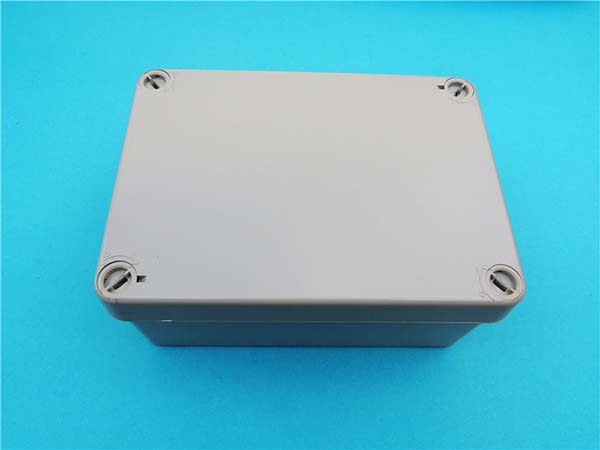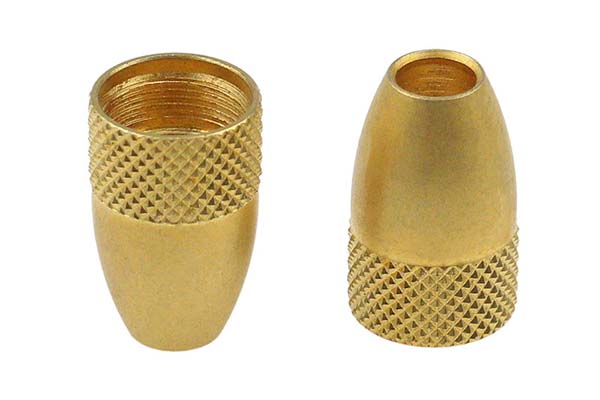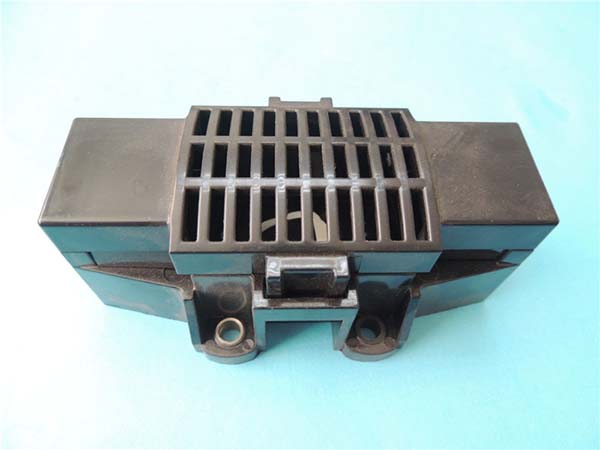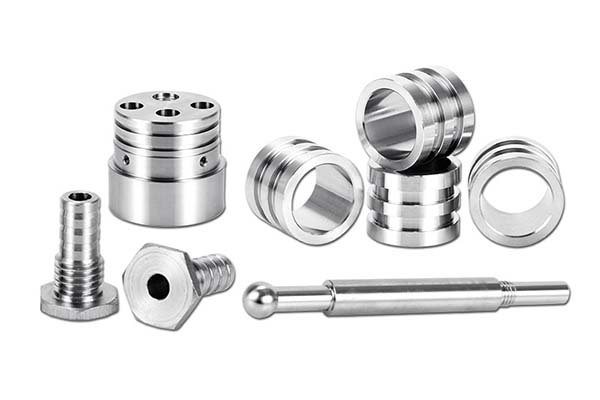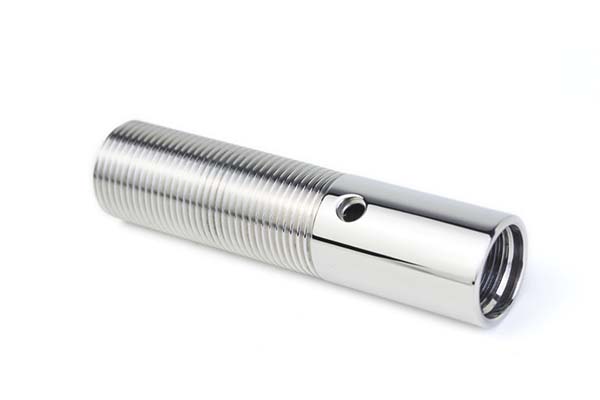The Role of Aluminum Extrusion Prototyping in Rapid Product Development
Aluminum extrusion prototyping is a cornerstone of modern manufacturing, particularly in the rapid product development phase. By shaping aluminum into specific profiles using advanced dies, this process delivers unmatched versatility, strength, and lightweight performance. Its ability to create functional prototypes swiftly empowers companies to test, iterate, and refine designs before large-scale production. Below, we explore the definition, advantages, applications, benefits, and emerging trends of this transformative technique.
Understanding Aluminum Extrusion Prototyping
What Is Aluminum Extrusion?
Aluminum extrusion is a process that forms aluminum profiles by forcing preheated billets through a shaped die under high pressure. This creates continuous profiles with precise cross-sectional geometry. Rapid cooling ensures the material retains its form and mechanical properties.
Key aspects of aluminum extrusion:
- Material Versatility: Shapes range from simple rods to intricate hollow sections.
- High Precision: Suitable for industries with strict quality standards like aerospace and automotive.
- Lightweight Durability: Combines low weight with structural strength.
Why Aluminum Over Other Materials?
- Weight Efficiency: Aluminum's low density reduces the overall weight of components, critical in automotive and aerospace sectors.
- Exceptional Strength: Strong enough to maintain integrity under significant loads.
- Corrosion Resistance: A natural oxide layer shields it from environmental damage.
- Thermal Properties: Superior heat dissipation makes it ideal for electronics.
- Cost-Effective Sustainability: Aluminum’s recyclability significantly reduces production costs.
- Design Flexibility: Capable of producing intricate, customized shapes.
Applications in Rapid Product Development
Transforming Ideas into Reality
Aluminum extrusion prototyping accelerates the product design cycle. Engineers and designers can bring ideas to life quickly, enabling:
- Early flaw detection.
- Faster design optimization.
- Shortened time to market.
Key Industrial Applications
Automotive Sector
- Use Case: Lightweight chassis, engine parts, and body frames.
- Impact: Boosts fuel efficiency, reduces emissions, and enhances performance.
- Example: Development of electric vehicle (EV) chassis prototypes for extended range and durability.
Aerospace Engineering
- Use Case: Wing structures, aircraft frames, and landing gear.
- Impact: Enhanced strength-to-weight ratio, critical for fuel economy and safety.
- Example: Rigorous testing of wing prototypes ensures compliance with strict aviation standards.
Consumer Electronics
- Use Case: Heat sinks, structural enclosures, and device casings.
- Impact: High thermal conductivity and sleek designs improve device functionality and appeal.
- Example: Aluminum-prototyped laptops featuring advanced cooling mechanisms and robust designs.
Benefits of Aluminum Extrusion Prototyping
Economic and Material Efficiency
- Reduced Waste: Precise die design minimizes scrap.
- Recyclability: Recycled aluminum maintains quality, cutting costs further.
Structural Excellence
- Combines lightweight properties with superior strength, vital for performance-driven industries.
- Ensures reliable testing of prototypes, validating their real-world application.
Design Precision
- Accommodates complex geometries.
- Supports rapid iteration for customized components, essential for agile manufacturing environments.
Success Stories in Aluminum Extrusion Prototyping
Electric Vehicle Innovation
An EV manufacturer leveraged aluminum extrusion Custom rapid prototyping to design a lightweight yet strong chassis. Rigorous prototype testing optimized the design, resulting in a final product with enhanced range and performance.
Commercial Aircraft Advancements
An aerospace firm used aluminum prototypes for wing designs, achieving a significant weight reduction and improving fuel efficiency. The resulting innovations set new benchmarks for commercial aviation.
Consumer Tech Evolution
A tech company developed sleek, durable laptops using aluminum prototypes. Extensive testing ensured efficient heat management and resilience, culminating in a successful product launch.
Future Trends Shaping the Industry
Technological Innovations
- Automated Die Design: Enhances precision and reduces production time.
- AI Integration: Predictive maintenance and process optimization.
- Simulation Software: Improves design accuracy before physical prototyping.
Environmental Sustainability
- Adoption of renewable energy in manufacturing facilities.
- Enhanced recycling methods to minimize waste.
- Focus on reducing the carbon footprint across supply chains.
Expanding Markets
- Growth driven by renewable energy and electric vehicle production.
- Increased demand in infrastructure projects for lightweight, durable materials.
FAQs
Q1: What makes aluminum extrusion prototyping essential for rapid product development?
Aluminum extrusion prototyping allows for fast, accurate production of functional prototypes, enabling early design validation and reduced time to market.
Q2: Why is aluminum preferred over other materials?
Aluminum is lightweight, strong, corrosion-resistant, thermally conductive, and cost-effective due to its recyclability.
Q3: What are some successful applications in industries?
- Automotive: Lightweight frames and engine parts.
- Aerospace: Structural components like wings and frames.
- Electronics: Heat sinks and durable casings.
Q4: What advancements are shaping the future of aluminum extrusion?
Technological improvements in die design, AI-driven optimization, and sustainable practices are making the process more efficient and eco-friendly.
Q5: How does aluminum extrusion align with environmental goals?
Aluminum is fully recyclable, and advancements in energy efficiency reduce the overall carbon footprint of the production process.
Aluminum extrusion prototyping is transforming industries by enabling rapid innovation, reducing costs, and promoting sustainability. Its role in shaping the future of manufacturing is both pivotal and enduring
